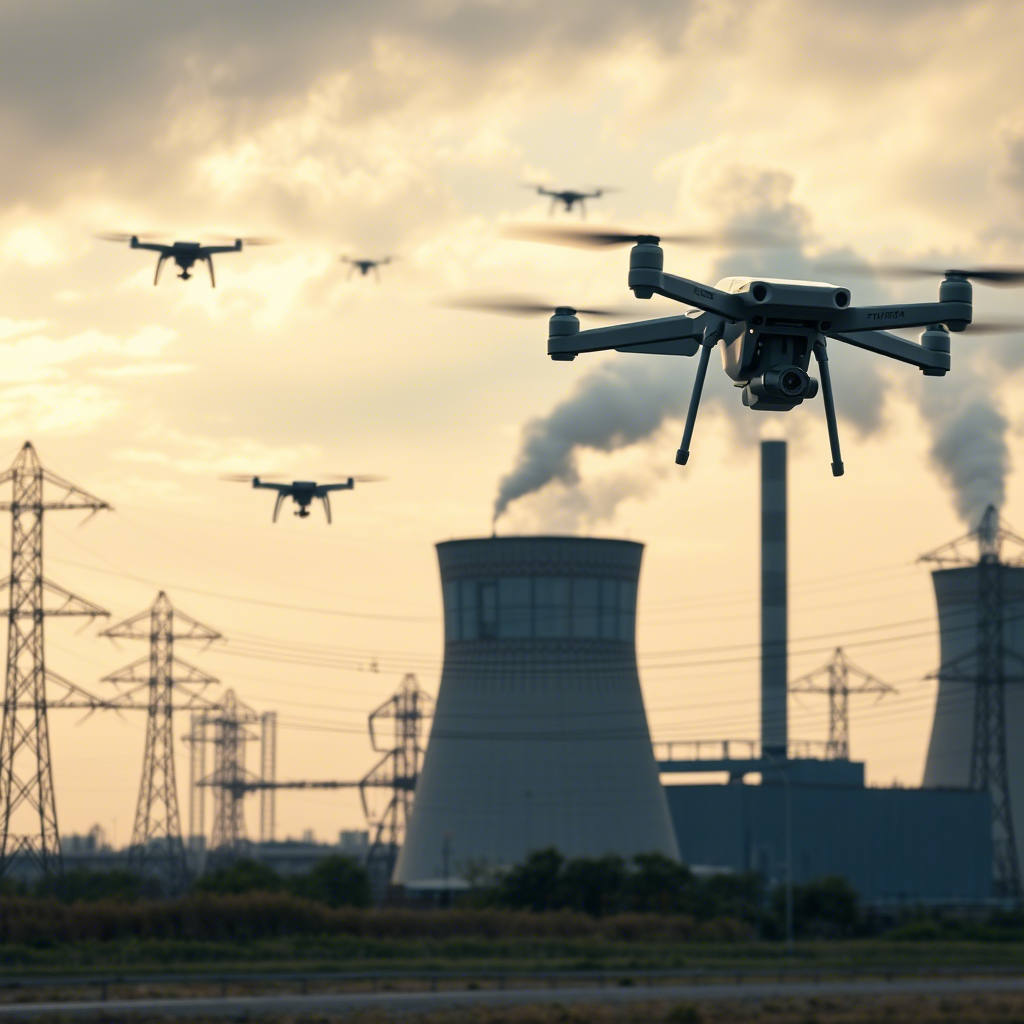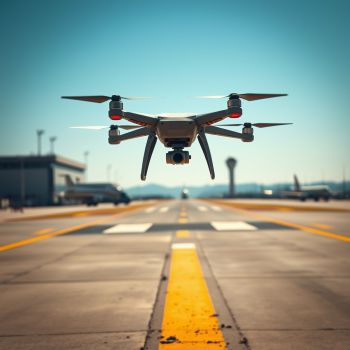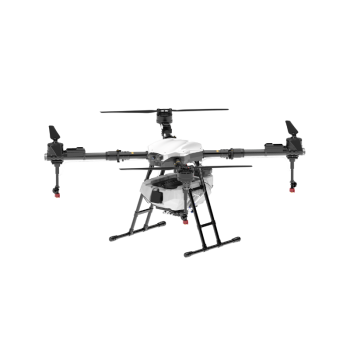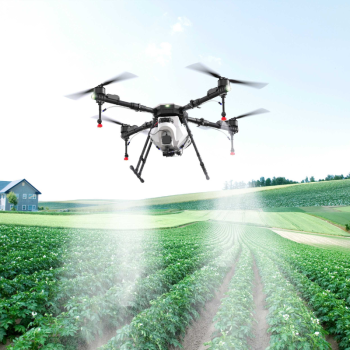The application scope of agricultural drones with different endurance ranges
Application Scope of Plant Protection Drones Based on Flight Endurance
Plant protection drones have revolutionized agricultural management by offering efficient, targeted, and scalable solutions for crop treatment. One of the most critical factors influencing their practicality is flight endurance—the duration a drone can remain airborne on a single charge or tank of fuel. Drones with varying endurance levels are tailored to distinct farming needs, from small-scale organic plots to expansive commercial fields. Understanding how endurance shapes their applications enables farmers to optimize operational efficiency and adapt to evolving agricultural demands. Below, we explore how different flight durations influence the suitability of plant protection drones across diverse scenarios.
Short-Duration Drones: Ideal for Precision Tasks in Small to Medium Farms
Drones with flight endurance ranging from 10 to 20 minutes are well-suited for small to medium-sized farms where precision and flexibility outweigh the need for extensive coverage. These drones excel in tasks requiring high accuracy, such as targeted pest control in vegetable patches, spot treatments in vineyards, or detailed imaging of crop health. Their compact size and agility allow them to navigate tight spaces, such as between rows of trees or within greenhouse structures, without risking damage to delicate plants. For example, a farmer managing a 5-acre organic farm might use a short-duration drone to apply biopesticides only to infected zones, minimizing chemical exposure to beneficial insects and reducing waste.
The quick deployment and recharge cycles of short-duration drones also make them valuable for time-sensitive operations. In regions with unpredictable weather, farmers can launch these drones during brief windows of clear skies to complete critical tasks like fungicide application before rain resumes. Additionally, their lower energy consumption reduces reliance on charging infrastructure, making them accessible for off-grid farms powered by solar panels or portable generators. This affordability and simplicity appeal to smallholder farmers seeking to adopt drone technology without significant upfront investment in power systems.
Short-duration drones are frequently integrated with advanced sensors, such as hyperspectral cameras or LiDAR, to collect granular data on plant health, soil moisture, or weed density. While their limited flight time restricts the area covered per mission, farmers can analyze the collected data to plan subsequent treatments more effectively. For instance, a drone flying for 15 minutes might map a 2-acre field, identifying disease hotspots that a ground crew can then address with localized interventions, combining the strengths of aerial and manual labor.
Medium-Duration Drones: Balancing Coverage and Efficiency for Mid-Scale Operations
Drones offering 20 to 40 minutes of flight endurance strike a balance between precision and operational efficiency, making them versatile tools for mid-scale farms spanning 10 to 100 acres. These drones are capable of treating larger fields in a single flight while maintaining sufficient battery life or fuel capacity to handle moderate payloads, such as 10 to 20 liters of liquid pesticides or fertilizers. For example, a farmer managing a 50-acre wheat field might deploy a medium-duration drone to apply herbicides across the entire plot, adjusting spray rates dynamically based on real-time weed density data captured by onboard cameras.
The extended flight time of medium-duration drones reduces the frequency of battery swaps or refueling stops, streamlining workflows during busy seasons like planting or harvesting. This continuity is particularly advantageous for farms practicing intercropping or agroforestry, where multiple crop types require staggered treatments. A single drone might spray insecticides on corn rows in the morning and fungicides on coffee plants in the afternoon, maximizing its utility without downtime. Their ability to carry both liquid and granular payloads further enhances flexibility, allowing farmers to switch between seeding, fertilizing, and pest control as needed.
Medium-duration drones also support semi-autonomous flight modes, enabling them to follow pre-programmed paths or adapt to terrain variations automatically. This feature is invaluable for farms with uneven landscapes, such as hilly orchards or terraced rice paddies, where manual piloting would be labor-intensive and prone to errors. By combining reliable endurance with intelligent navigation, these drones help farmers achieve consistent treatment quality across complex environments, reducing the risk of missed spots or overapplication.
Long-Duration Drones: Maximizing Productivity in Large-Scale Commercial Agriculture
For vast commercial farms exceeding 100 acres, drones with flight endurance of 40 minutes or more offer unparalleled productivity by minimizing the time spent on recharging or refueling. These drones are designed to cover extensive areas in a single mission, making them indispensable for time-critical tasks like emergency pest suppression during outbreaks or large-scale fertilizer application before rainfall. A long-duration drone carrying 30 liters of liquid treatment might treat a 200-acre soybean field in under two hours, a task that would require multiple shorter flights or traditional ground equipment over several days.
The high endurance of these drones also supports their integration with advanced automation systems, such as swarm technology, where multiple drones operate in coordination to treat massive fields simultaneously. This approach reduces labor costs and ensures uniform coverage, even in remote regions with limited access to skilled pilots. For example, an agribusiness managing thousands of acres of cotton might deploy a fleet of long-duration drones to apply defoliants ahead of harvest, synchronizing their flights to optimize treatment timing and minimize chemical drift between fields.
Long-duration drones are built to withstand harsh environmental conditions, such as strong winds, dust, or extreme temperatures, which are common in large-scale farming regions. Their robust design includes features like reinforced frames, dust-resistant motors, and thermal management systems to ensure reliable performance in challenging settings. Additionally, their ability to carry heavy payloads—sometimes exceeding 50 liters—allows them to combine multiple treatment types in a single flight, such as spraying pesticides while spreading cover crop seeds, further enhancing operational efficiency.
As agricultural technology evolves, plant protection drones with varying flight endurance levels will continue to address the diverse needs of global farming systems. Short-duration models will remain essential for precision-driven small farms, medium-duration drones will bridge the gap for versatile mid-scale operations, and long-duration systems will dominate large-scale commercial agriculture. By aligning drone endurance with specific crop requirements and operational scales, farmers can enhance productivity, reduce environmental impact, and build more resilient food production systems for the future.




